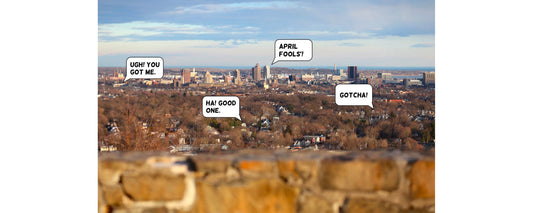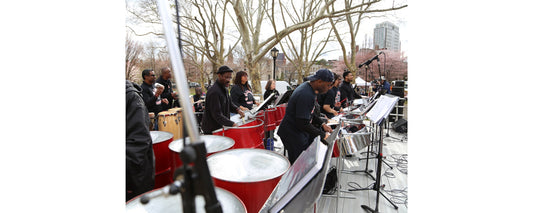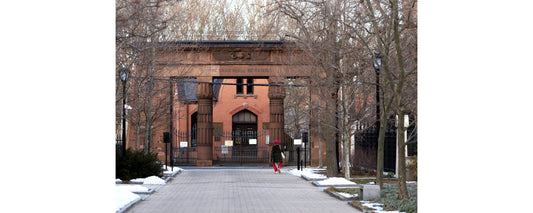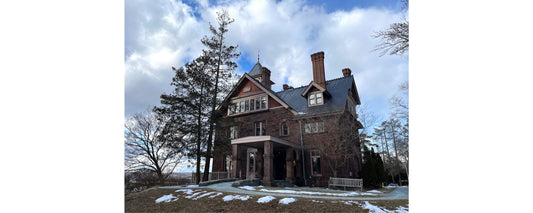It takes serious anger to write an epic poem about how much you dislike a place. For Samuel Woodworth, heartbreak and cruel gossip were enough to fuel 600 lines named after the city where it all went down: “New-Haven.”
Woodworth, a 19th-century wordsmith most remembered for being sentimental, achieved fame but never fortune. A journalist, writer and poet, he was born in Scituate, Massachusetts, in 1784. In 1808, in his early 20s, he lived in New Haven for about a year, founding and editing a publication called The Belles-Lettres Repository. In 1809 he moved to New York and founded a string of publications, none of which found the degree of success he was hoping for.
Written in 1817, the poem that would exalt his career was “The Old Oaken Bucket,” a characteristically tender ode to youth and the simple life. Far away from home and so much older, the speaker, overcome with nostalgia, “sighs for the bucket which hangs in the well.” It was well-received throughout the 19th and 20th centuries and was eventually incorporated into a Bing Crosby song.
But Woodworth’s most interesting poem might be his most resentful. Compared to the fireside tone of “The Old Oaken Bucket,” “New-Haven” is a splash of chilly water. Included in The Poems, Odes, Songs and Other Metrical Effusions of Samuel Woodworth (1818), it’s bitingly satirical, even if it’s not all bad.
“New-Haven be my theme,” the poem starts, going on to say, among other apparent plaudits, “Here moral worth and ‘Steady Habits’ reign / While Vice and Folly seek a place in vain!” So far, so good, until the second stanza reveals Woodworth’s ironic posture. “So Boasts report,” he says of that version of the city, “—but, are her vauntings true?”
Woodworth’s greatest scorn is aimed at the New Haveners he knew, who, in his eyes, had failed to live up to their own pious and charitable billing. “A stranger, who arrives to tarry here, incites distrust, inquiry, hope and fear,” he announces. Spurious gossip is rampant, he says, and according to Woodworth, even Truth personified would be unwelcome in the city. At one point, he writes in a footnote, “Perhaps in no part of the civilized world is good breeding so much talked of, and so little seen, as in New-Haven.”
Harsh as they may be, Woodworth’s words provide a window into the Elm City before it was even called the Elm City. He complains of its unpaved streets, sardonically praising how quietly traffic could pass on a layer of mud. He laments the puritanical Blue Laws, which, among other things, prohibited stage and mail coaches from running on Sundays, even in an emergency. Long Wharf, he says, is shown to all visitors as a point of pride despite being chaotic and “fragrant.”
The broad strokes behind the bitterness eventually emerge. He’d fallen in love with a local woman; but when a financial disaster struck, a flurry of rumors and slander tarnished his name and character, and he lost his reputation, his lover and his magazine.
Despite his bad experiences, Woodworth had a lot of good things to say about the city. “Enough of satire,” he writes, before identifying the people and places of which he approves. The poem gives the New Haven Green raves, though it wonders why gravestones and buildings are allowed to cover it. It waxes rhapsodic over the Columbian Museum and Gardens, a theater and showcase of curiosities that once stood at the corner of Orange and Court. The “New Burying-place,” a.k.a. the then-newly established Grove Street Cemetery, also receives applause as a place of reflection and peace, with its poplar trees and monuments. The chief sponsor of the cemetery, James Hillhouse, gets a nod.
But Yale—or as the poet calls it, a “Cradle of Genius”—gets the highest praise. Stepping onto campus and mingling with “future statesmen, patriots, bards, divines”—future Franklins, Washingtons, Homers—filled Woodworth with awe. He knew already that he would never be one of them; even so, he wished with fervor that Yale would produce poets that could “rival Albion’s boasted sons of song.” Woodworth hadn’t attended college, and near the end of the poem bewails the “chill penury” that dashed his dreams of learning and love.
Fleeing New Haven, Woodworth moved to New York by way of Baltimore in 1809, and in the next year was married. Woodworth’s love life fully recovered: He wrote poems to his wife and they had 10 children together. But he never found financial success, in spite of so much effort.
Woodworth died in New York in 1842, at the age of 58. One of his sons, Frederick—who did achieve wealth, as a San Francisco businessman—edited an anthology of Samuel’s work, which published in 1861. Other than the fragment praising Yale, “New-Haven” the poem is conspicuously absent from it, perhaps because it was an outlier in his otherwise effusive body of writing.
Were Woodworth writing today, he would likely have fewer complaints. The city’s roads are paved, thanks in part to another loather of muddy roads: local engineer Eli Whitney Blake, who, in 1858, patented the world’s first mechanized method of macadamization. The Green has shed the buildings and stones Woodworth considered blemishes. Curiosities abound in museums, galleries and shops, while myriad theaters fulfill the dramatic role of the Columbian. Grove Street Cemetery remains pleasant and beautiful, and Yale continues to thrive.
He’d be able to write “New-Haven” the way he liked to: higher on sentiment, lower on resentment.
Written and photographed by Anne Ewbank. Image depicts a historical image of the New Haven Green next to a short bio of Samuel Woodworth. This updated story was originally published on September 8, 2017.







